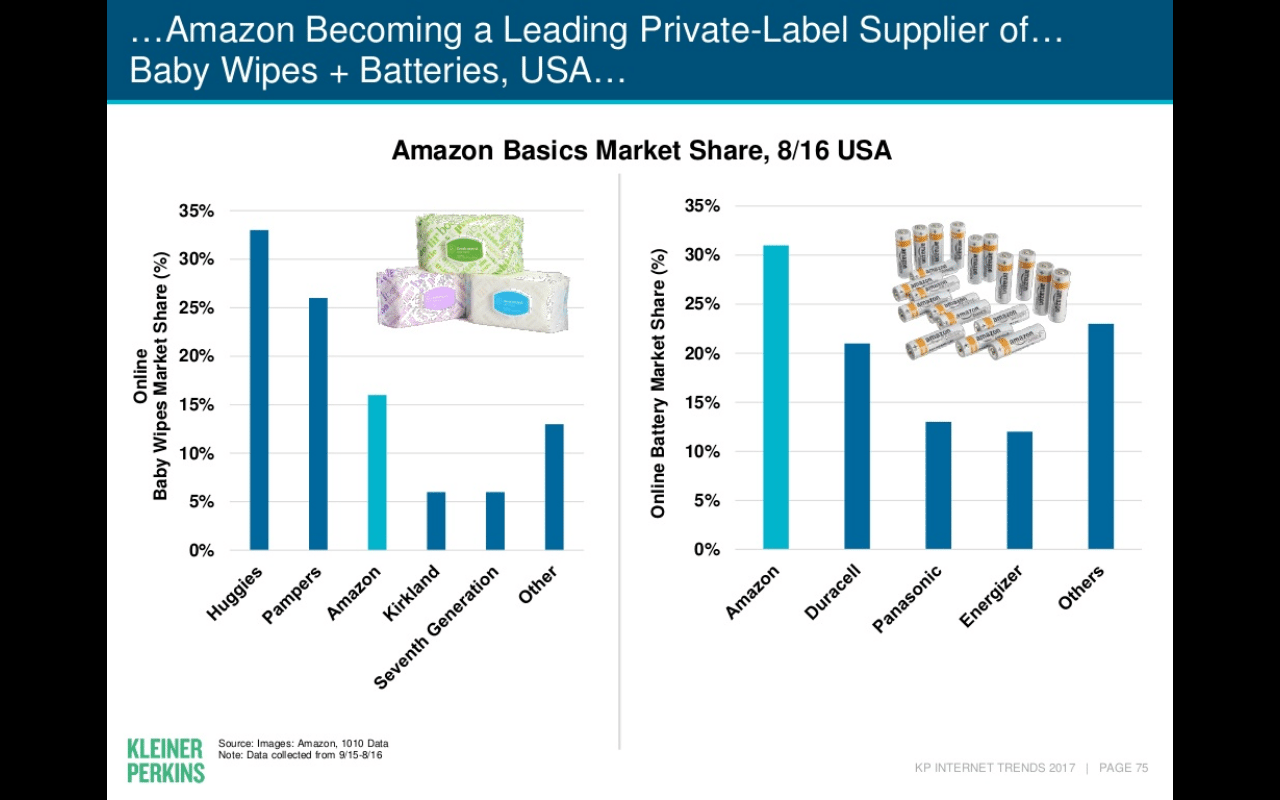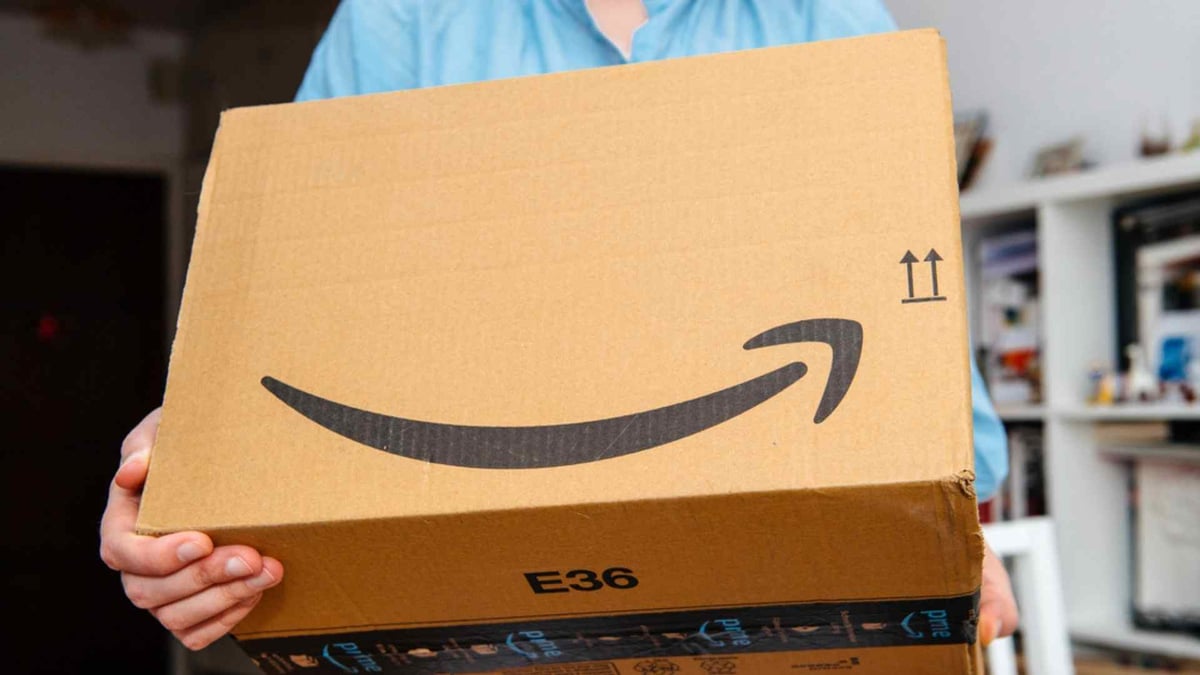I've noticed an underlying assumption that Amazon runs off other brands, but cannot build their own. This lack of Amazon's brand-building abilities is something that Walmart is trying to exploit by acquiring businesses with loyal customers and trusted brands. (Although, Amazon is definitely fighting back.)
Amazon has a very simple mission - they want to be the go-to e-commerce portal for online shoppers. They want to provide an endless supply of products so potential customers can purchase anything they want or need from Amazon.
Amazon's Brand Problem: Brands are leaving Amazon
Amazon has an underlying problem that's glaringly obvious to any legitimate Amazon seller; counterfeiters and listing hijackers. Brands are leaving Amazon due to counterfeits, controversial pricing strategies that Amazon enforces, and loss of control over their own brand.
Birkenstock is walking away from Amazon. Plagued by counterfeits and unauthorized selling on the online shopping site, the sandals company will no longer supply products to Amazon in the U.S. starting Jan. 1 2017. Additionally, Birkenstock won't authorize third-party merchants to sell on the site, according to a letter the company sent to several thousand retail partners on July 5, 2016.
Amazon needs trusted brands for long-term success, but those brands are increasingly dictating what sellers can and cannot sell on Amazon. Some brands have completely left Amazon and are selling via other channels to ensure that they can control the process. In this sense, Amazon does have a brand problem.
Brand registry
Amazon launched a brand registry to allow brands to register their intellectual property with Amazon. This was a good move for Amazon to be viewed as a partner rather than a threat, since it allows sellers to call out counterfeiters.
The brand registry will allow a brand to register its logo and intellectual property with Amazon, making it possible for Amazon to remove any listings or seller accounts that are flagged as counterfeit. Both shoppers and brands — in addition to Amazon itself — can flag sellers they believe are guilty of selling counterfeit products.
A silent giant: AmazonBasics
Amazon has been using their own private labels, such as AmazonBasics, to provide customers with more affordable options for commonly needed goods. These private labels are generally in the top 10% of products sold per category, and usually have many reviews.
Amazon has used private labels to grow their variety in clothing, food, household and health & wellness. These categories typically have larger margins and low brand-recognition (an advantage for Amazon). By selling these type of goods, Amazon is able to grow their own private brands despite not having a loyal customer base.
Amazon's private-label business allows the company to offer low-priced alternatives to major brands as customers become increasingly comfortable with in-house brands. Retailers can keep prices on in-house brands low — in part because they don’t have to spend money on big traditional marketing campaigns to get them in front of shoppers.
At the end of May, Mary Meeker from Kleiner Perkins Caufield & Byers provided the first evidence of the scale of these private labels.

The evidence is indisputable and should scare brands, as Amazon has been able to grow the size of its own brands to leading market positions in a short time. These are price-sensitive categories, and Amazon is taking a nice large chunk of the sales via their private labels.
AmazonBasics is a silent giant and is evolving into a large business right before the eyes of their competitors. Amazon is able to leverage internal data to build these brands, as they know what their customers are looking for and are ultimately able to also counter the notion that private labels are the best ways to grow businesses on Amazon. If Amazon has your category and product in sight, they won't think twice to create their own version and sell it to the public.
Does Amazon have a loyalty problem?
Prime is wildly popular with Amazon's customer base. Amazon Prime has helped to rewire customer expectations and win loyalty from their customers as one of the most trusted services in the world. It's one of the things that the Seattle-based company manages closely, and if Prime is questioned it generally leads to a rebuttal from Jeff Bezos via twitter or a public relations piece.
Amazon has cultivated customer loyalty as a pillar of their success. By offering a service that customers love, they are able to drive sales and provide customers what they require.
Amazon’s success has also been fueled by high customer loyalty and brand awareness, which is a benefit of subscription services. The Amazon Prime subscription service continues to grow: One study released last September by Consumer Intelligence Research Partners found that 20% of all US consumers are Prime members.
In Summary
Amazon does have a third party brand problem that's causing brands to leave Amazon in favor of their own sales channels, which they have more control over. Meanwhile, Amazon is combating this exodus by focusing on their private label brands, which are becoming large businesses as well. It will be interesting to see how these brands evolve in the coming 18 months. Loyalty is not a weakness but rather a pillar of success for Amazon.








